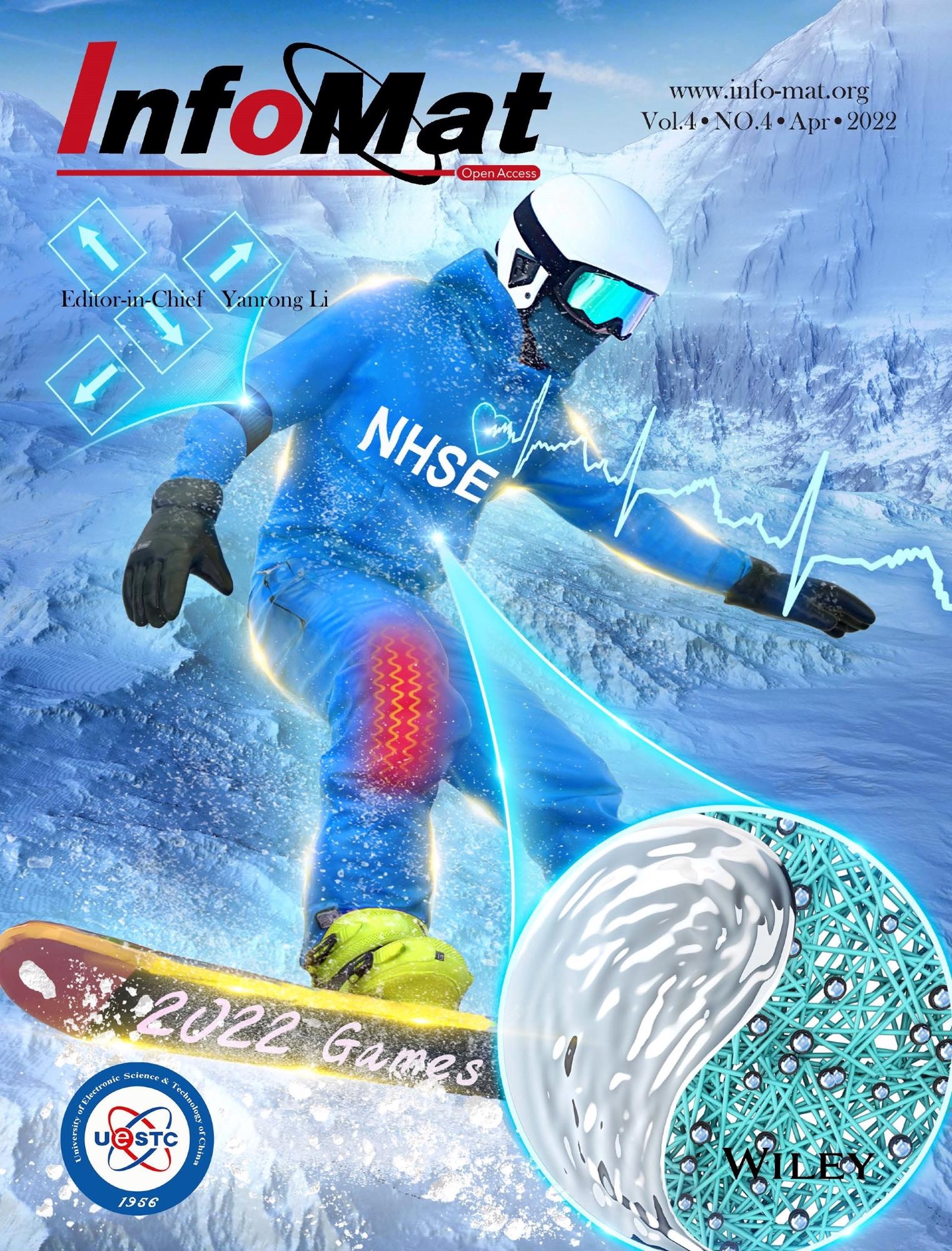Professor Runwei Li’s group at the Chinese Academy of Sciences’ Ningbo Institute of Materials Technology and Engineering (NIMTE) has devised a nano-liquid-metal-based extremely powerful stretchable electrode (NHSE) for a variety of electronic skin (e-skin) applications, including human healthcare monitoring and human-machine interaction.
 The nano-LM-based highly robust stretchable electrode (NHSE) for E-skin Applications. Image Credit: Image by NIMTE
The nano-LM-based highly robust stretchable electrode (NHSE) for E-skin Applications. Image Credit: Image by NIMTE
The research was done in collaboration with Professor Guang Zhu’s group at the University of Nottingham Ningbo China. The findings were published as a cover article in InfoMat.
Users have shown a strong interest in wearable electronics as a means of implementing human-machine interfaces, digital medicine and intelligent systems. Stretchable electrodes are critical for the advancement of wearable electronics, particularly in the capture of reliable human electrophysiological impulses.
However, preparing electrodes with higher conductivity, stretchability and longevity, which is critical for achieving accurate and stable physiological signal collection in complicated situations, remains a challenge.
When a fishing net is taken out of the sea, the scientists determined that a constant and malleable water membrane could emerge. NHSE was created using the in-situ assembly of electrospun elastic nanofiber scaffolds and electrosprayed liquid metal (LM) nanoparticles, which was influenced by the fishing net.
The self-adaptable interface between the LM and the nanofiber scaffolds added to a super-low resistance under extreme elongation by replicating the water-to-net interface.
Furthermore, the electrical resistance of NHSE is unaffected by significant amounts of mechanical stretching and stays stable during cyclic deformation, with just a 5% increase in electrical resistance after 330,000 stretching rounds at 100% elongation.
Furthermore, the NHSE has better resilience in a variety of dynamic circumstances, including heat, acid and alkali exposure, and submersion.
The established NHSE shows great promise in the implementation of flexible/stretchable electronics, like wearable technology for long-term electrocardiography tracking, electrothermal heaters and wearable human-machine interface systems, thanks to its mixture of permeability, stretchability and sturdiness.
This also promotes the growth of the Internet of Things-based wearable healthcare monitoring devices as well as skin-like human-machine interfaces.
The Ningbo Municipal 3315 Talent Scheme and Ningbo Scientific and Technological Innovation 2025 Major Project of the Ningbo Science and Technology Bureau, the Zhejiang Provincial Natural Science Foundation, the Ministry of Science and Technology of China’s National Key R&D Project, and the National Natural Science Foundation of China all contributed to the research.
Journal Reference:
Cao, J., et al. (2022) Ultra-robust stretchable electrode for e-skin: In situ assembly using a nanofiber scaffold and liquid metal to mimic water-to-net interaction. InfoMat. doi.org/10.1002/inf2.12302.